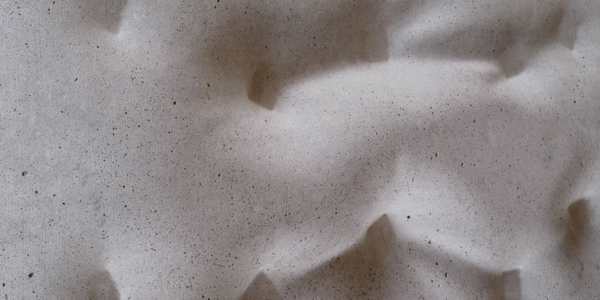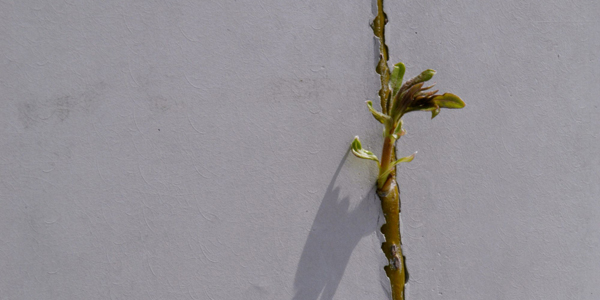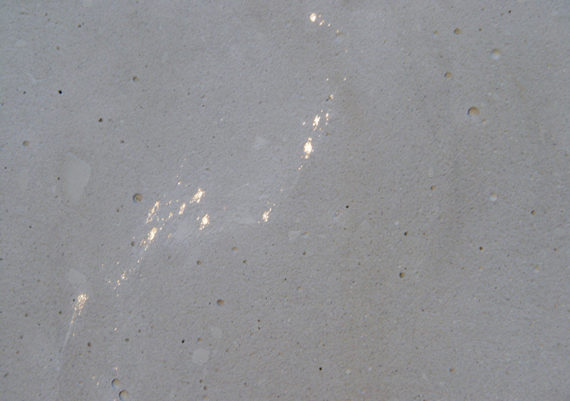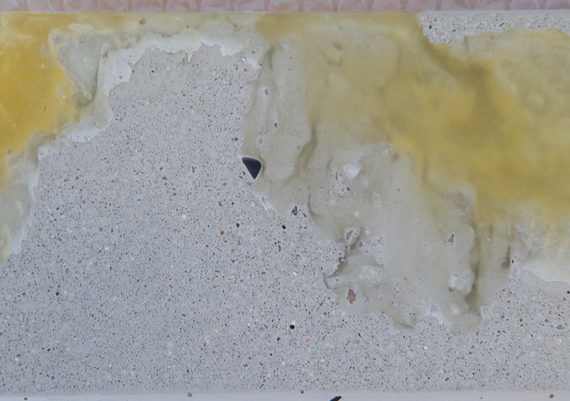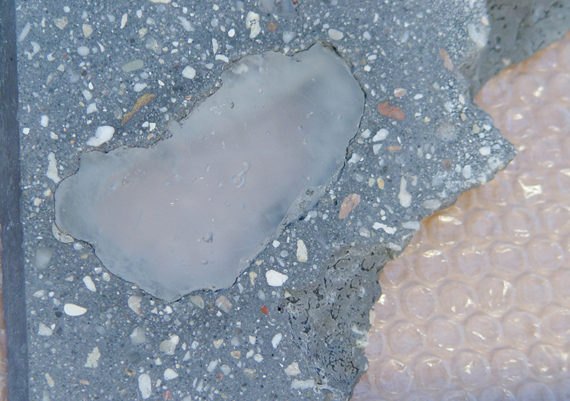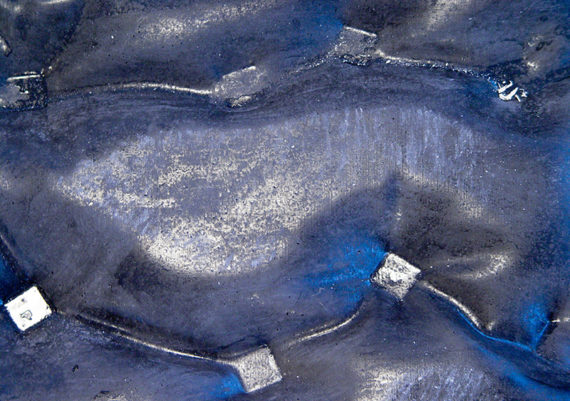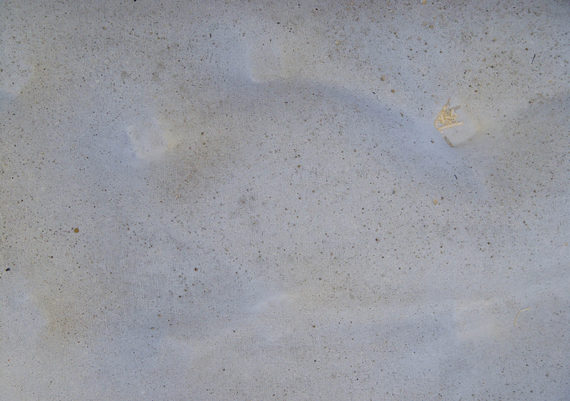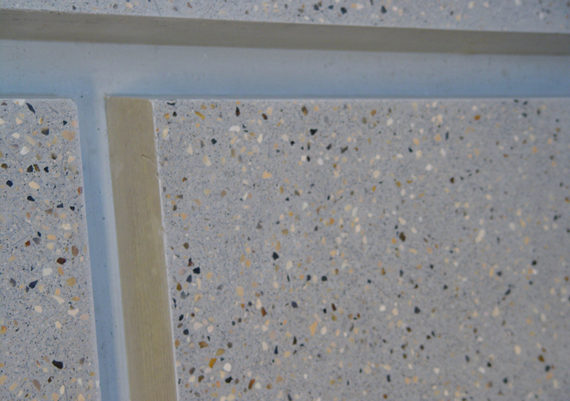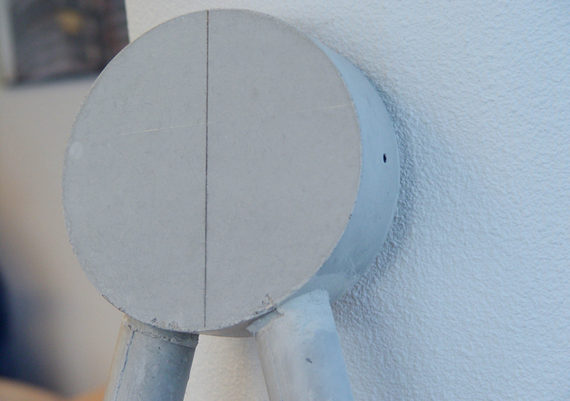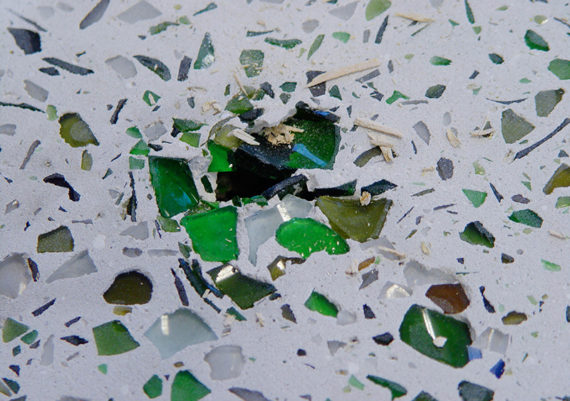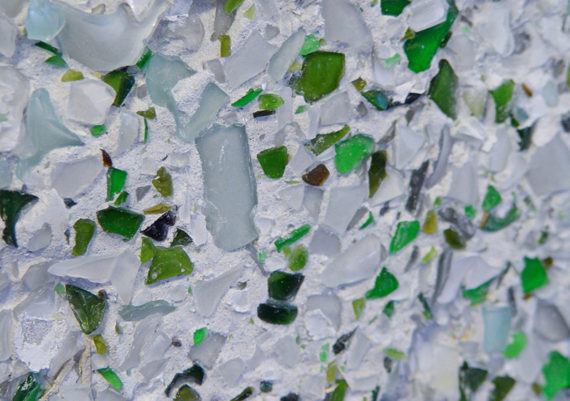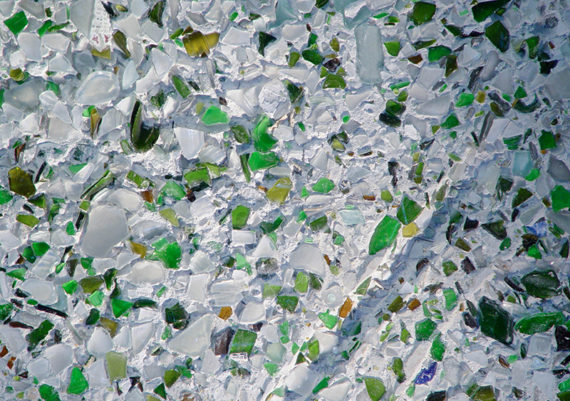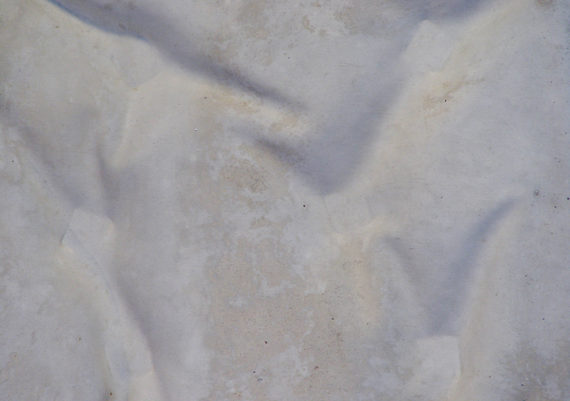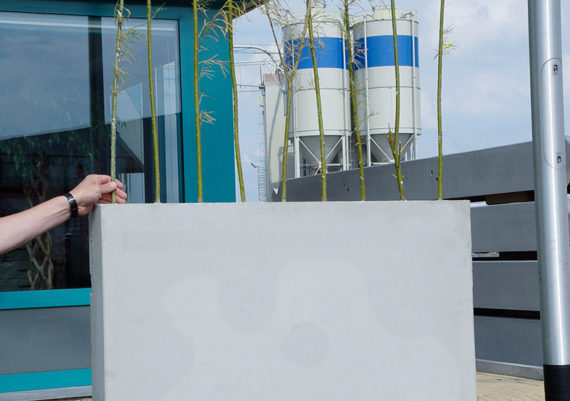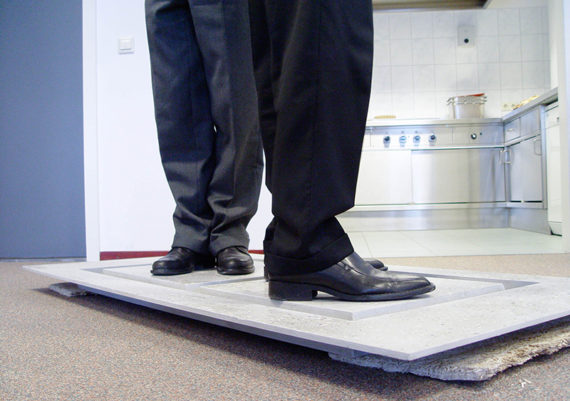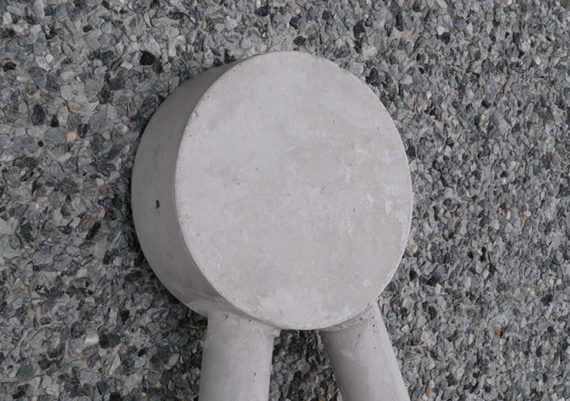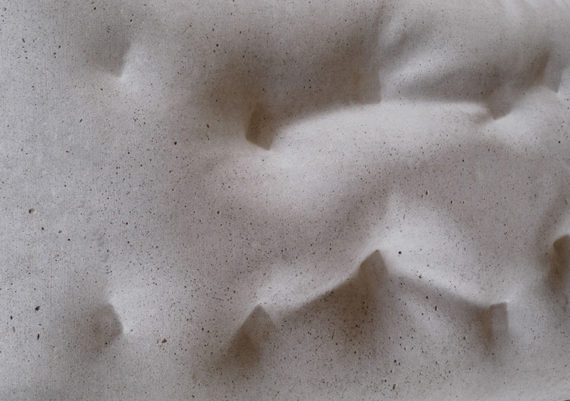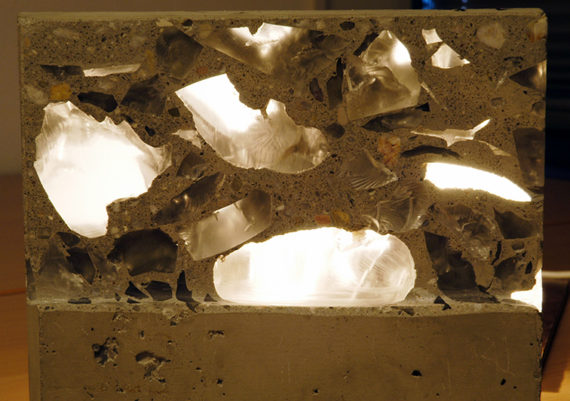what you always wanted to do in concrete...
One-day brainstorm session with designers, prefab concrete producers and experts leads to inventory of ambitions and understanding of each others disciplines. No idea is too outrageous, all ideas are seriously approached and developed, money and technique have to follow proposals for new concrete applications. After which prototypes are produced to test the ideas.
2004
concept, coordination & management, moderating, publication
what you always wanted to do in concrete...
Always wanted to know how to control corrosion of surfaces? And how to keep them aesthetical intriguing? Are there samples in architecture or art that keep puzzling you in terms of how they were created? Want to know if it is possible to generate formal or tactile ‘chance’ within a serial production method? Want to understand and manipulate existing production techniques and methods to push the envelope of the possible? Just having an outrageous idea? That you like to get tested for practical and economical feasibility?
Unanswered questions, extreme applications and seemingly impossible ideas form the starting point of these Casestudies. How to realise ever further reaching fascinations and ambitions of architects and designers is the core of this initiative.
These are Casestudies since ideas are not only examined and explored with professional support, they are actually manufactured in order to really test their merits. Specialists from various producing industries as well as engineers and research experts have worked in one-day intense brainstorm sessions in which proposals have been developed into effective descriptions for generating the prototypes. The collaborating industry have manufactured these objects under professional conditions in order to be analysed and reviewed.
prefab concrete casestudies
The initiative for the Prefab Concrete Casestudies originates from striving towards a more intense, exploring and fruitful communication between manufacturers of prefab concrete and designers. The Casestudies are organized in such a way as to focus this communication on the development of the product – prefab concrete. As such an innovative approach of design, application and manufacturing becomes the main issue.
Concrete is often seen as an economic choice. In which en aesthetic less attractive result is taken as unavoidable ingredient. Despite a growing amount of very outspoken and attractive examples, in which concrete explicitly is deployed for its aesthetic properties, most designers are deprived from these ‘Swiss’ and ‘Japanese’ arts. In the experience of many designers and clients, concrete often remains gray, dull and heavy. And most of all it seems to limit the possibilities for designers to ‘mould’ the materials to their needs.
The Prefab Concrete Casestudies are used to bring a wide-ranging group of designers – both from well-known offices with large portfolios as well as from small and starting practices – in dialogue with the industry. A dialogue which does not merely provide information on existing possibilities and introductions to the latest developments, but one in which designers are being asked what they wish to make. Regardless of the existing knowledge of the designers related to technical options their ambitions are brought into discussion. The industry itself is being asked to temporarily discard existing and seemingly implicit limitations with regard to manufacturing and finances. Each question is valid within the Casestudies. Each proposal is treated seriously and professionally. No matter if it concerns the reproduction of an existing and exotic example, a totally new application, a real problem from ones practice or a true challenge to the industry to use concrete seemingly contrary to its ‘natural’ material properties. Each idea is presented, developed and finally transformed into a work-description for manufacturing during two brainstorm sessions.
The first brainstorm session of each Casestudy focuses on the bases and backgrounds of the ideas. Possible existing examples or relevant projects in other materials are discussed in order to develop the idea. Past experiences from designers as well as manufacturers and technicians are used to specify the idea even more. Not so much in order to bring the idea within already accepted solutions. But in order to let the idea mature and in order to be able to deploy possible similar elements from other ideas within the Casestudy as good and efficient as possible. The aim of this first brainstorm session is simple and absolute: how could the proposal of a designer be accomplished? Knowledge and experience regarding limitations in manufacturing or application are used positively to avoid well-known traps and to efficiently find new and different solutions.
During the second brainstorm session the matured and categorized proposals are developed into descriptions for manufacturing. Possible new techniques, aggregates or combinations with other products are identified and distributed amongst the manufacturers with the most appropriate facilities for each prototype. Form and dimensions of the prototypes as well as the ways of manufacturing are tuned to the expectations of the results – how can one best establish a specific prototypes merits – and the capacities of the manufacturers.
After production an evaluation follows in which the prototypes are reviewed. Are the expectations met? Did any new ideas surface during manufacturing and were they used? Are designers and producers strengthened in their ambitions? And are the first results reason for a continuation of the research?
The Casestudies are seemingly focused on research and development of concrete. The invitation to the designers seems to be very clear about that. Even more than pure product development the Casestudies are foremost an introduction into different cultures. Those of designers and manufacturers. De proposals are often so extreme that within the very short time span of a Casestudy there can only be a first and extremely important step towards a serious product innovation. Nevertheless promising prototypes are being further researched and developed.
The core of the Prefab Concrete Casestudies as presented by the initiators is to discover each others fascinations, ambitions and potential. The potential of concrete. The fascinations for the material by designers as well as the industry. And the ambitions for aesthetics, manufacturing and innovation.
Sjoerdieke Feenstra, Vera Hale, Jos Harnischmacher - Harnsichmacher Architectuur - Heerlen, Jeu Harnischmacher - Harnischmacher Architectuur - Heerlen, Joren Hoogeboom - UArchitects - Eindhoven, Esmorit Kempkes, Martin Kuitert - Bureau Ria Smit Architecten - Amsterdam, Dirk Jan Postel - Kraaijvanger Urbis - Rotterdam, Marlies Quack, Angela Schoen - Biq architecten - Rotterdam, Danielle van der Waard - Tussen-ruimte - Rotterdam
concrete experts & participating industry
Wim de Beer - Betonindustrie de Veluwe, Theo Buytels - Hurks Beton, Steven Gelderman - Betonindustrie de Veluwe), Rob Huijben - Delphi Engineering, Wim Pingen - Geelen Beton, Wim Rongen - Geelen Beton
experts
Baukje Trenning - Studio Baukje Trenning
moderators
Siebe Bakker, Hans Köhne
prototypes
resin mix - Geelen Beton with Sjoerdieke Feenstra, Vera Hale
glass holes - Betonindustrie de Veluwe with Jos & Jeu Harnsichmacher
glass surface - Betonindustrie de Veluwe with Jos & Jeu Harnsichmacher
glass fibers - Betonindustrie de Veluwe with Marlies Quack, Esmorit Kempkes
knot - Hurks Beton with Dirk Jan Postel
pillow - Betonindustrie de Veluwe with Dirk Jan Postel
alive - Geelen Beton with Joren Hoogeboom, Dirk Jan Postel
sheet - Hurks Beton with Danielle van der Waard
print - Hurks Beton
photography
bureaubakker
Marcel van Kerckhoven

Experimenteel Beton - Casestudies Prefab Beton 2003 - 2008
2009 / Dutch
Documentation on the first six Prefab Concrete Casestudies. On the occasion of winning the Dutch Building Award 2009 for the Prefab Concrete Casestudy initiative and format.
editor:
Siebe Bakker - bureaubakker
download pdf
jury rapport Nederandse Bouwprijs 2009 (NL)
'Creatief met beton! Zo omschrijft de jury deze inzending. En terecht. Uit de Casestudies Prefab Beton blijkt de potentie van dit bouwmateriaal.
Kennisuitwisseling tussen ontwerpers en producenten bewijst dat beton veel meer dan hard, grijs en rechttoe rechtaan is. De casestudies geven verbeelding de ruimte en leiden tot een vormentaal die de sector in
de regel niet kan of wil spreken. Deze ruimte voor creativiteit is goed voor het imago van de hele industrie. De integrale manier waarop het Cement&BetonCentrum de open dialoog en kennisuitwisseling aanpakt, is volgens de jury uniek.'

concrete experiments - perfab concrete casestudies 2003 - 2005
2005 / English/Dutch
Documentation on the first four Prefab Concrete Casestudies.
editor:
Siebe Bakker - bureaubakker
download pdf
what you always wanted to do in concrete...
Always wanted to know how to control corrosion of surfaces? And how to keep them aesthetical intriguing? Are there samples in architecture or art that keep puzzling you in terms of how they were created? Want to know if it is possible to generate formal or tactile ‘chance’ within a serial production method? Want to understand and manipulate existing production techniques and methods to push the envelope of the possible? Just having an outrageous idea? That you like to get tested for practical and economical feasibility?
Unanswered questions, extreme applications and seemingly impossible ideas form the starting point of these Casestudies. How to realise ever further reaching fascinations and ambitions of architects and designers is the core of this initiative.
These are Casestudies since ideas are not only examined and explored with professional support, they are actually manufactured in order to really test their merits. Specialists from various producing industries as well as engineers and research experts have worked in one-day intense brainstorm sessions in which proposals have been developed into effective descriptions for generating the prototypes. The collaborating industry have manufactured these objects under professional conditions in order to be analysed and reviewed.
